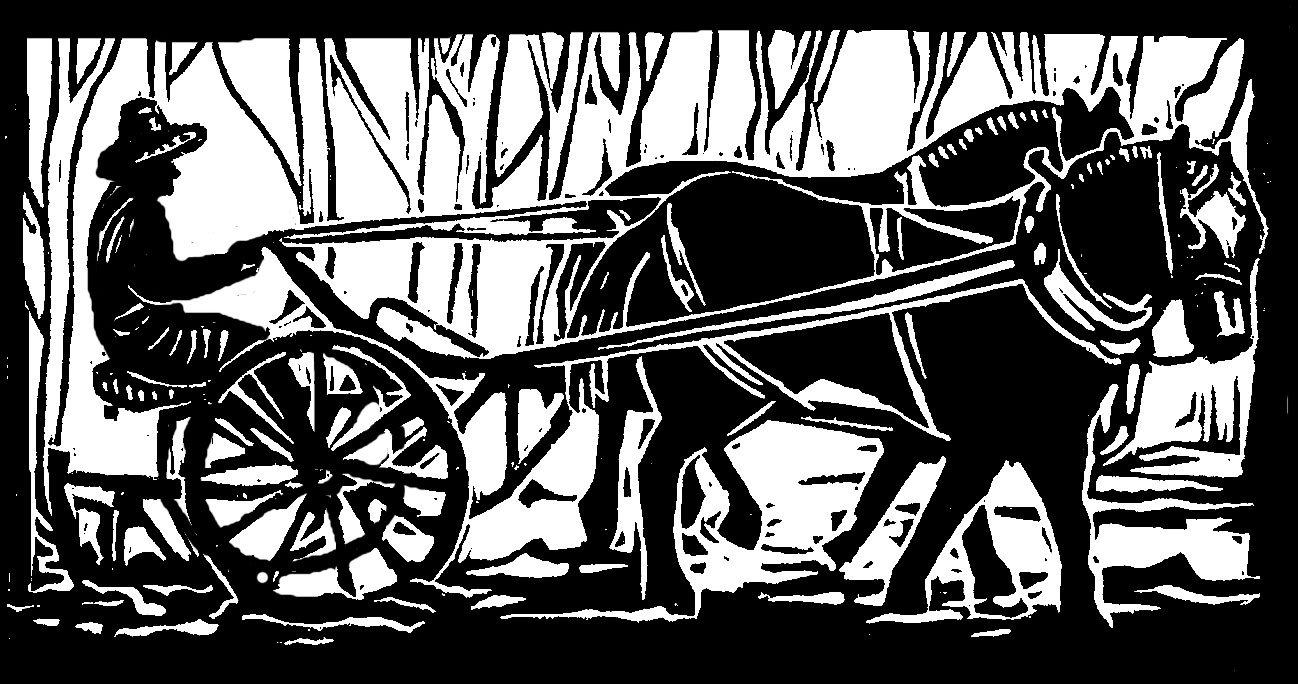Oh, July. Is it even possible to write about July on a vegetable farm in New Hampshire?
I could write about harvesting, which took a few hours on CSA harvest day in early June, and now takes four days of every week, shoehorned on top of all the other work. Peas and raspberries, broccoli and cabbage and beans, beets and cherry and paste and slicing tomatoes, kale and chard and lettuce and zucchini and yellow squash and cucumbers. In fact, a week or two ago, we spent 10 plus hours times three farmers (30 plus hours that would be, total) picking 104 quarts of raspberries. That's a lot of hours, and a lot of berries.
Then again, I could write how wonderful it is to have all these delicious berries and vegetables, and to have the garden producing well, and remind myself, that harvest is, after all, pretty much the point of all this farming.
Or I could write about weeds, how our garden was looking so grand in the dry days of June, because we could irrigate exactly where we wanted to, i.e. the vegetables, and very few weeds germinated.
Then again, I could write about how grateful we were for the recent rain, because the pastures for the draft horses were getting mighty short, and the hay crop was looking weak, and the pond was slowly sinking from all our irrigation. Even though weeds love rain, and our garden is now a big weedy mess, so do vegetables love rain, and they are big and bountiful.
I could write about woodchucks, who have risen to new heights this year, chomping at the garden from three different directions, harvesting happily away, evading our Havahart traps, baited with the most tasty of peanut butters, plum jams of our own making, and stale bread. I could write how we are frantically covering all the woodchuck delights, especially the brassicas, with row cover, and I could write about our great state of dismay when we found that at least one chuck is now chewing through the brand new row cover to get at the almost brand new kale, and completely ignoring our bait.
Then again, I could write how woodchucks are part of the marvelous diversity of our world, and how very much I want to affirm that there is food enough for all. (Of course, I think the chucks ought to be eating that nice grass and other wild vegetation we leave as borders, and not our crops, but hey, who am I to say?)
I could write about making hay, another kind of harvest, which is always pressing in July, and we've got all this bothersome garden work to do, which doesn't allow us to hay easily. I could grouse about the weather and the hay: too dry to grow hay, then too wet to make hay, now too hot to think about hay. (Would that "too hot" was a reasonable excuse for not making hay! Alas, it is not.)
Then again, I could write about the bobolinks in the hayfield, and the brown-eyed susans, and how lovely it feels when all the hay forces coalesce, and we are coming down the hill at nine o'clock with the last load of the day, the horses as eager as we are for a rest, and the fireflies and a big orange moon rising.
I could write about Clyde, our new horse, who is very steady with the machinery, in fact so steady that he is nearly asleep in the harness. We need to use a “tickler,” as our wise horse friends say, a long stick to scratch at the root of Clyde's tail to wake him up a little and join his teammate in the work. “Step up, Clyde,” we say, “Step up!” Also I might mention that Clyde is an excellent harvester himself, very eager to eat grass at every opportunity, whether that is grazing in the pasture, or more problematically, grazing as he is supposed to be cultivating pathways. (Plus he's happier to mow the hay with his teeth than with the sickle bar.)
Then again, I could write what a funny sweet horse Clyde is, with his good disposition and his droopy lip and his big head and his beautiful kind eye and lovely coloring, reddish-brown with black points, and how he has a gorgeous floating trot, and how we are looking forward to riding him (when this bothersome garden harvest settles down).
Or I could write about the farm kitchen, with its dishes so long dirty that the spiders and spider webs have moved in, or its fridge so bursting full that things fall out when you open the door. Oops, there comes that cabbage again! Bump, bump, bump!
Then again, I could write about all the delicious food that we're eating, so delicious that you wonder why we are so lucky, and that brings me right back to my starting point, which is, of course, harvesting. Which is, yes, July.
Originally published in the Monadnock Shopper News, July 29 - Aug 4, 2020
